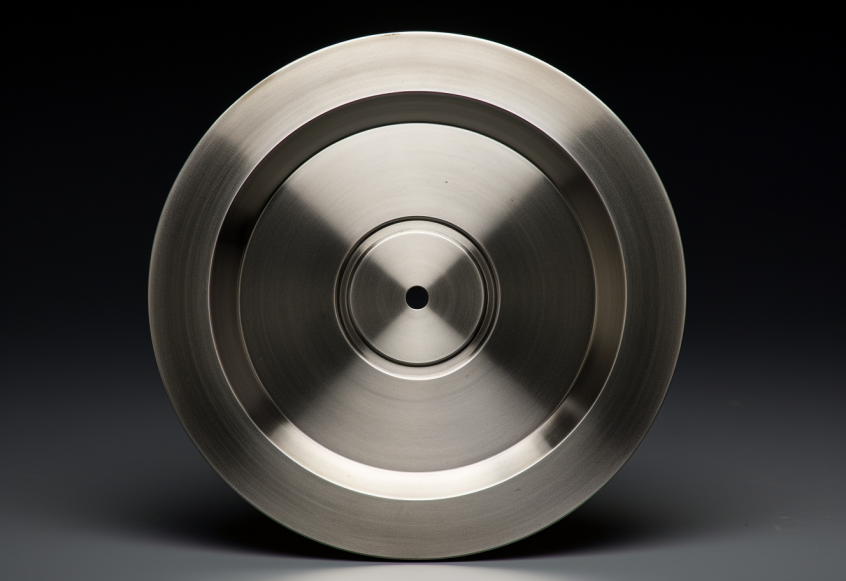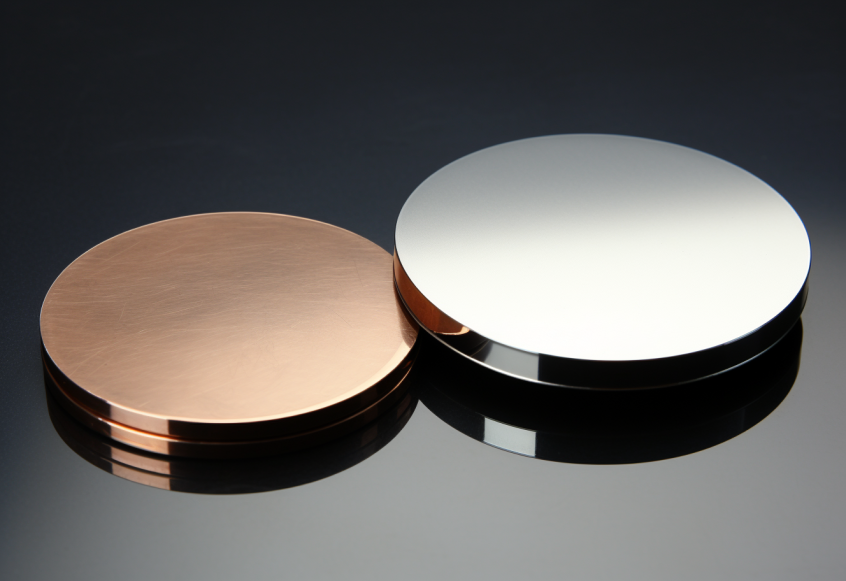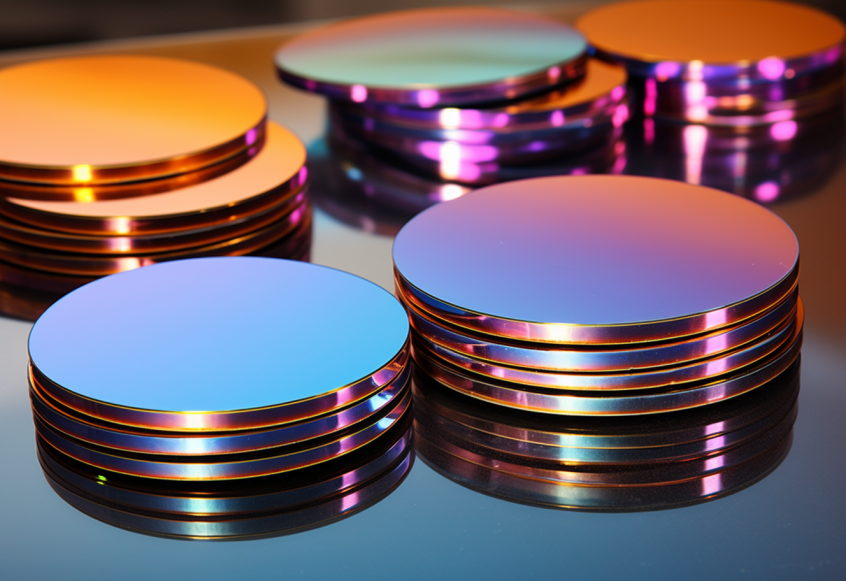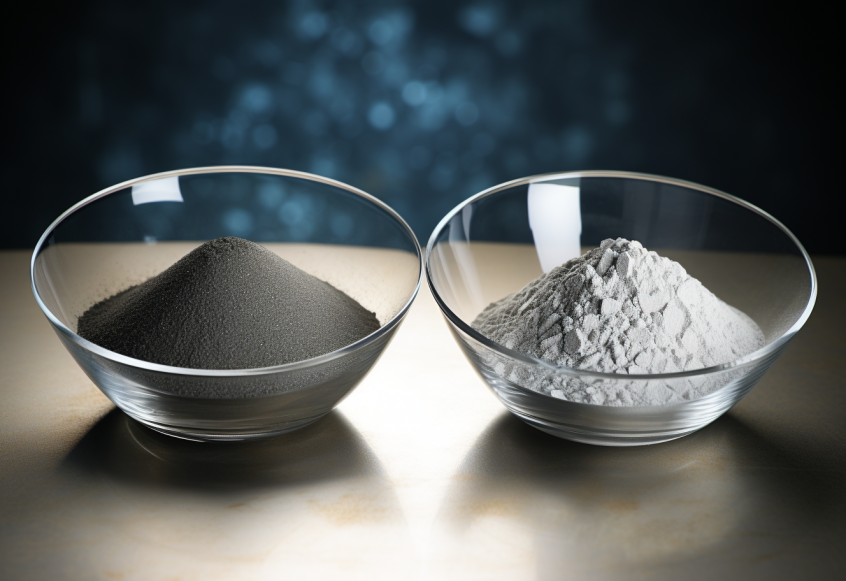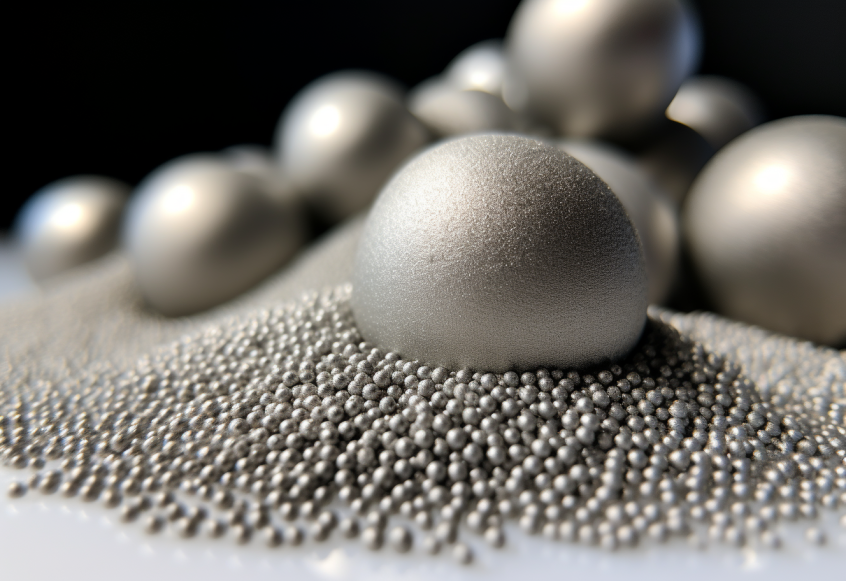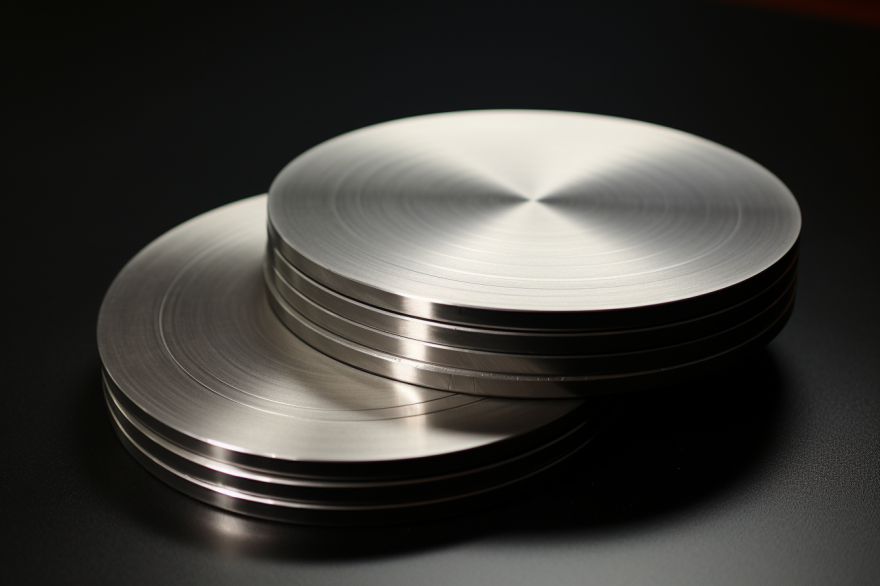When it comes to materials for sputtering applications, niobium targets are a top choice. Their unique properties make them ideal for a range of uses, from semiconductor manufacturing to optical coatings. But how do you choose the best niobium target for your specific needs? It’s not just about buying any niobium target; it’s about finding the perfect one. Here are six signs and features to look for:
1. Purity Matters
First and foremost, the purity of niobium targets is critical. The best niobium targets are ultra-high purity, often exceeding 99.99% purity. This is not just a technicality; it has a profound impact on the quality of your sputtering processes. High purity ensures minimal impurities that can negatively affect the quality of thin films and coatings. When you see a niobium target with exceptionally high purity, you’re on the right track.
2. Uniformity and Consistency
The key to a successful sputtering process is uniformity and consistency. Your niobium target should be manufactured with precision. It should have a uniform composition and thickness. Variability in the target’s surface can result in uneven sputtering, which can significantly affect the quality of the deposited films. So, when examining niobium target options, look for consistency.
3. High-Density Targets
The density of your niobium target is another critical feature to consider. High-density targets are crucial for efficient sputtering. Why? Because they offer better thermal conductivity and stability, leading to improved target lifespan. Plus, high-density niobium targets are less prone to warping and damage, which can cause downtime during sputtering processes.
4. Customization Options
Different applications require different target shapes and sizes. What works for one industry might not be suitable for another. That’s where customization options come into play. The best niobium target suppliers offer the flexibility to customize your target’s dimensions. This ensures that the target fits your specific sputtering equipment and application requirements like a glove. Stanford Advanced Materials (SAM) offers other customized shapes and sizes of sputtering targets. You can send us an inquiry for more information.
5. Excellent Bonding Properties
Your niobium target should be designed for strong bonding with your sputtering equipment. The last thing you want is a target that’s difficult to mount and doesn’t stay securely in place. Targets with exceptional bonding properties ensure a stable and reliable sputtering process. They minimize the risk of target dislocation or detachment during operation, which can lead to equipment damage and production interruptions.
6. Support and Expertise
Quality niobium targets are one part of the equation; the other part is support. The best niobium target suppliers don’t just provide top-notch materials; they offer expert support. Whether you need technical assistance, guidance on target selection, or after-sales service, a reliable supplier is there to help you achieve optimal results. They have the expertise to answer your questions, troubleshoot any issues, and ensure that your sputtering processes run smoothly.
Conclusion
In conclusion, selecting the best niobium target for your applications is more than just a purchase; it’s an investment in the quality and efficiency of your sputtering processes. To find the perfect niobium target, consider factors such as purity, uniformity, density, customization options, bonding properties, and the supplier’s support. Careful evaluation of these signs and features will lead you to the ideal niobium target that meets your specific sputtering needs, ensuring your operations run smoothly and produce high-quality results.

